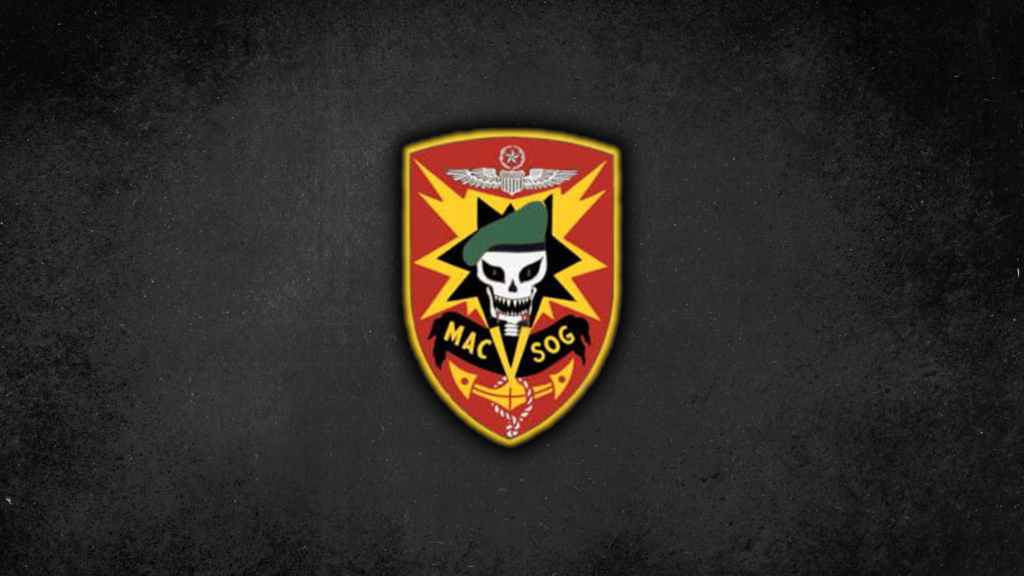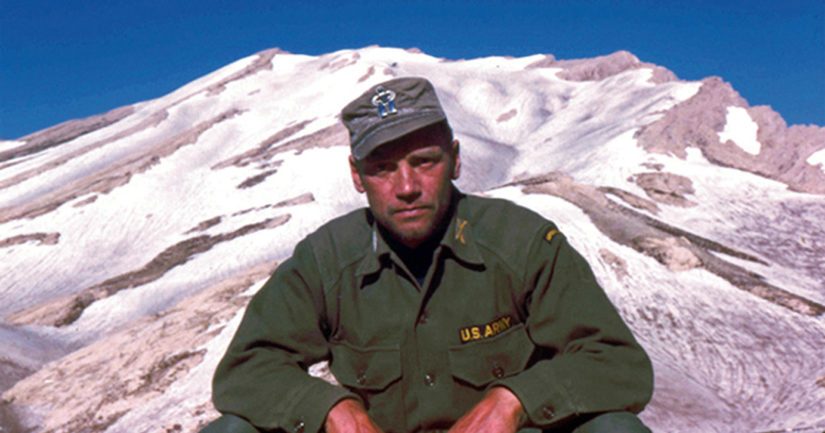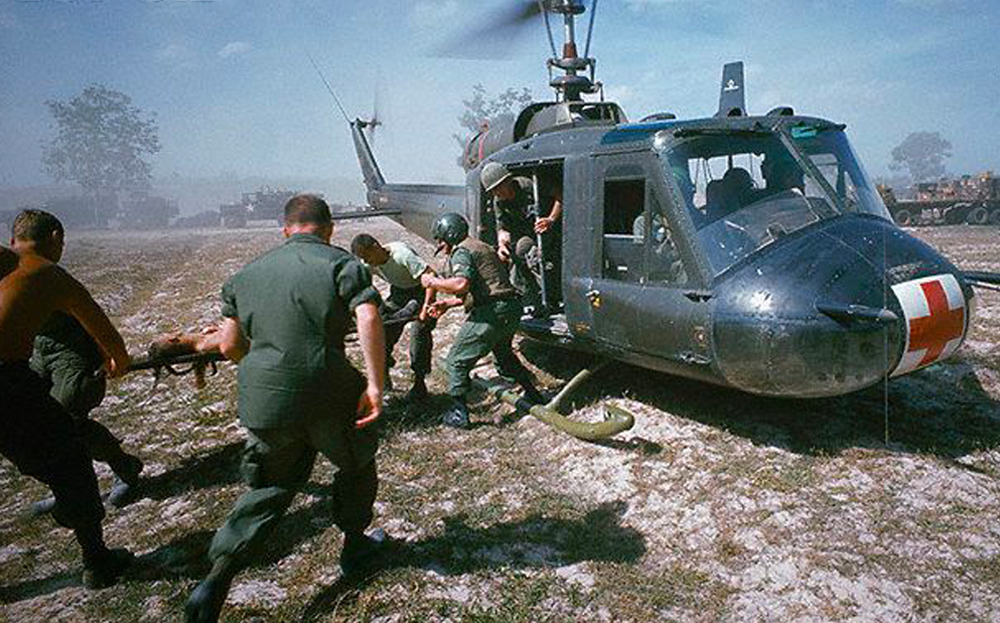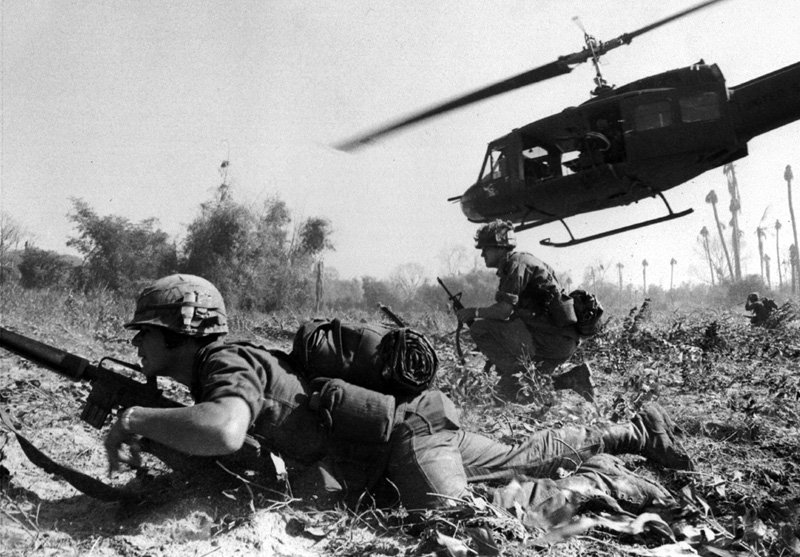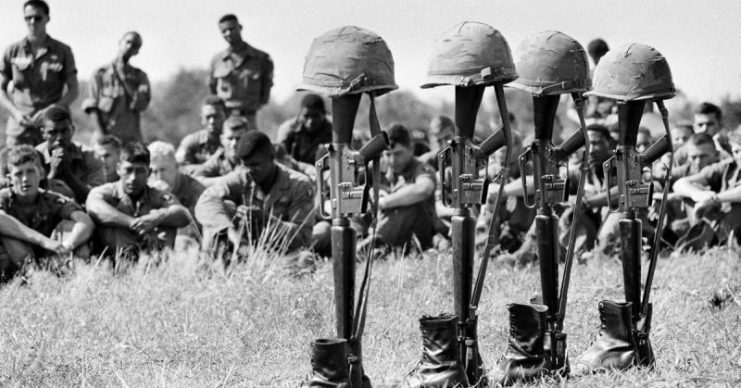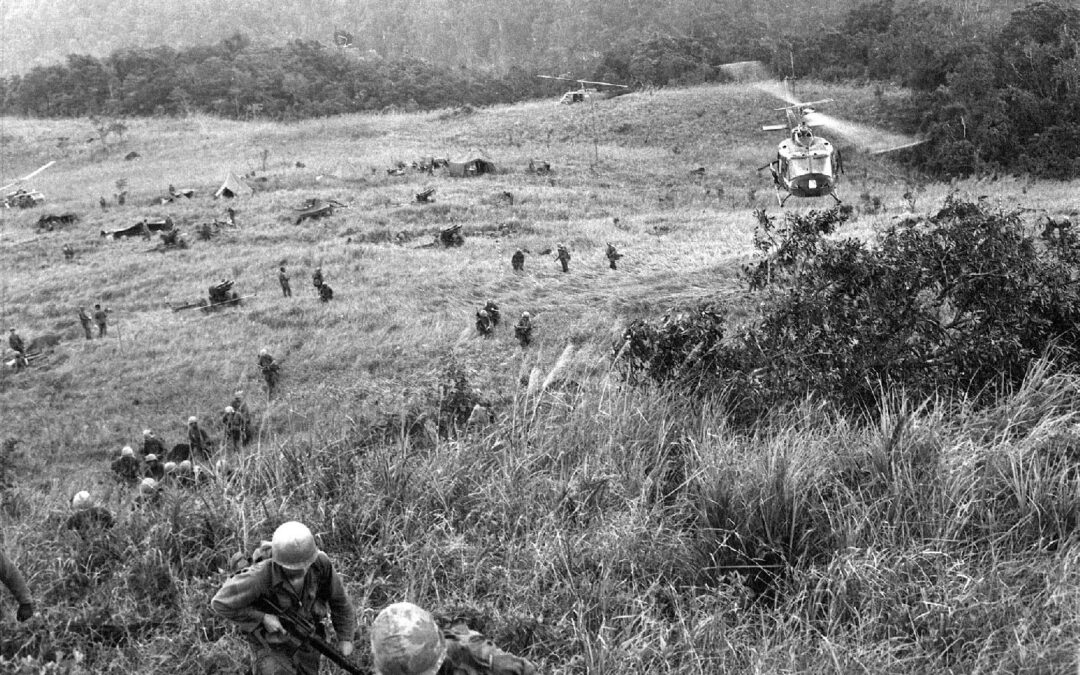The guerrilla war was not going well for the Viet Cong in the late fifties. Badly needed supplies moving down jungle trails from North Vietnam were constantly being spotted by South Vietnamese warplanes and often destroyed. To give themselves a fighting chance, existing tribal trails through Laos and Cambodia were opened up in 1959. The North Vietnamese went to great lengths to keep this new set of interconnecting trails secret. The first North Vietnamese sent down the existing tribal trails carried no identification and used captured French weapons. But the Communists could not keep their supply route secret for very long. Within months, CIA agents and their Laotian mercenaries were watching the movement from deep within the hidden jungle. But keeping an eye on what the North Vietnamese were doing in Laos was not enough for Washington. They wanted to put boots on the ground in a reconnaissance role to observe, first hand, the enemy logistical system known as the Ho Chi Minh Trail...
